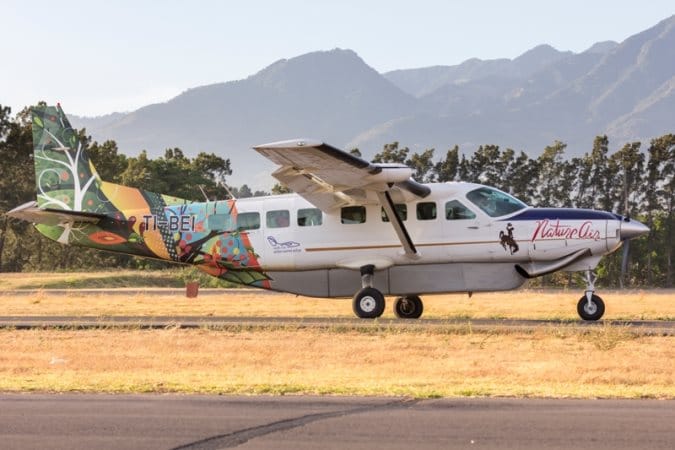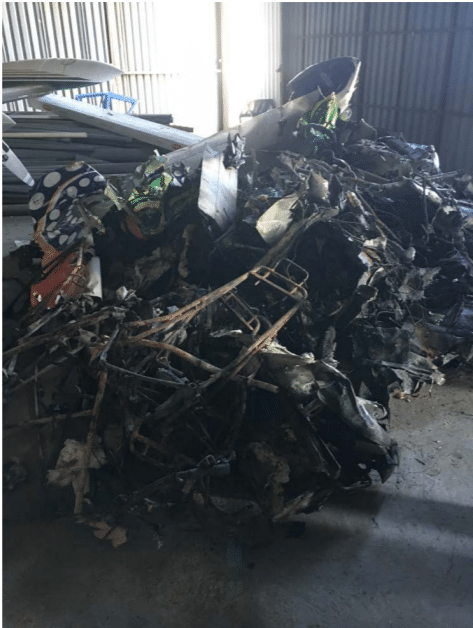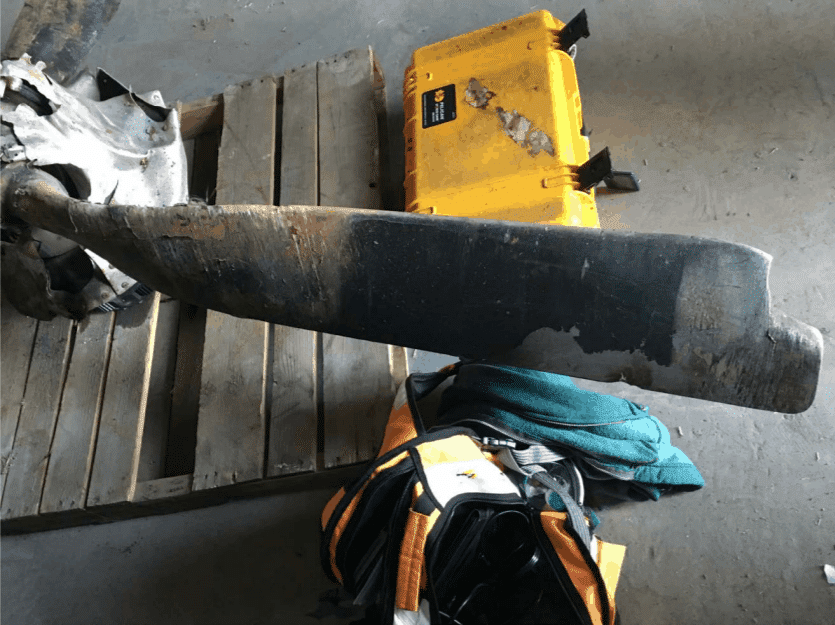The National Transportation Safety Board (NTSB) just released an aviation accident factual report. The report provides more details into the crash that killed 2 flight crew members and 10 passengers. The Nature Air Cessna 208B (Registration number: TI-BEI ) was departing Islita Airport (MRIA), near Corozalito, Costa Rica on December 31, 2017.
The plane crash killed four members of the Weiss family; Drs. Mitchell and Leslie Weiss and and their children Hannah (19) and Ari (16).
The Weiss family lived in Belleair, Florida just west of Tampa. Dr. Mitchell Weiss practiced at Baycare’s Morton Plant Hospital in Clearwater for more than 15 years as a vascular and interventional radiologist. Dr. Leslie Weiss worked at Morton Plant Hospital since 2004 and served as a neonatal hospitalist.
In addition, five members of the Steinberg family died in crash; Bruce and Irene Steinberg, and their three sons, Zachary (19), William (18), and Matthew (13).
The Steinberg family lived in Scarsdale, New York.
The three other fatalities were the captain (52), first officer (26) and Amada Geissler (33). Geissler was the tour guide for the Steinberg and Weiss families while in Costa Rica.
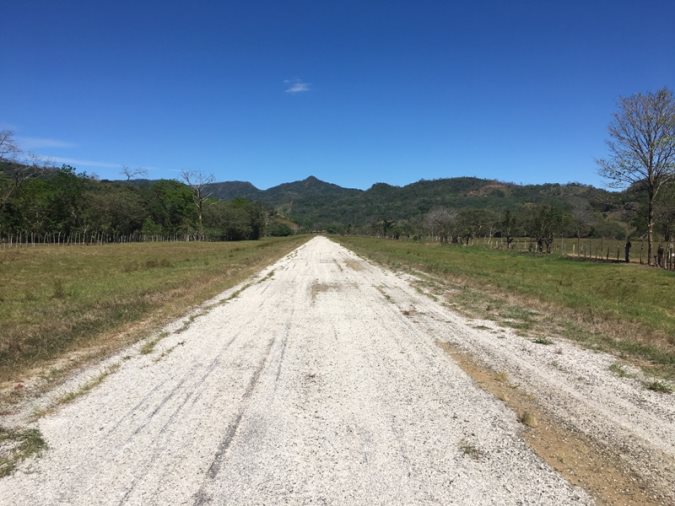
The Cessna that crashed was the second of two Nature Air aircraft transporting hotel guests back to Juan Santamaria International Airport (MROC) in San Juan, Costa Rica. The first airplane departed using runway 3 and after takeoff made a right turn to the east through a pass in the hills and continued to MROC. The airport had a single paved runway that was about 3,000 ft long and 20 ft wide. The pavement was cracked and had vegetation growing through the cracks at the south end.
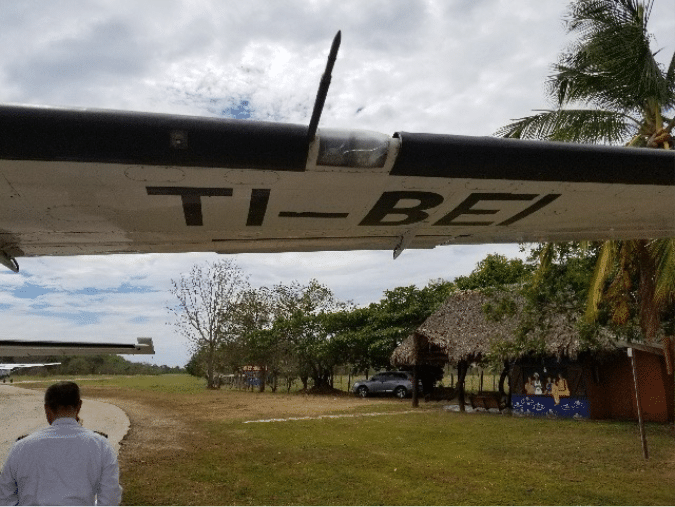
The second aircraft was delayed about 15 minutes to assess damage from a bird strike during its arrival to MRIA. The passenger’s friend provided text messages to investigators showing photos of the damage to the airplane.
The photographs showed the wing’s left leading edge had incurred localized damage near the landing light. The landing light lens was cracked, and the leading edge appeared to display some deformity adjacent to the landing light. Due to the localized extent of the damage, investigators determined that the flight characteristics and controllability of the airplane would not have been adversely affected. The report indicates that the captain waited for a release from the maintenance staff prior to take off.
According to the hotel manager, who transported the passengers to the airport and was at the airport during the departures, the accident airplane did not make the same right turn as the previous airplane but instead continued on the runway heading.
The manager mentioned that he had discussion with both pilots before the flights and they both mentioned that in order to take off to the north that the pass needed to be used because the airplane didn’t have enough performance to climb over the mountain.
He mentioned that he talked to the accident flight captain and the captain noted that he wasn’t sure which takeoff method he would use (ie: South versus North). The manager said he was surprised when the two airplanes departed to the north as most of the time airplanes will accept a tailwind and depart to the south since a south departure is out over the coast and there aren’t any mountains in that direction.
According the the Pilot’s Operating Handbook (POH), takeoffs are limited to 10 kts of tailwind. A 10 kt tailwind would result in a 50% increase in takeoff distance.
Ground video from the airport captured a portion of the accident plane’s takeoff and accident sequence. The airplane can be seen on the runway heading then starting a left turn. During the turn, the airplane’s bank angle steepened, and the airplane descended into the terrain.
Investigators reviewed the maintenance records for the Nature Air aircraft. It was determined that the accident aircraft was maintained in accordance with an Approved Aircraft Inspection Program (AAIP).
The nearest weather station indicated wind gusts up to 12 knots. A witness at the airport estimated the wind speed between 10-15 knots. At the time of the crash, no windsocks were present on the two newly installed structures at the airport to mount them. In fact, the new windsock were still in its package ready to be installed. Investigators say there is not enough information to determine surface wind direction at the time of the crash.
The plane crashed approximately 0.4 miles northeast of the end of the runway. Investigators determined that based on the limited damage to the surrounding tree canopy, the airplane impacted the slope in a near-vertical position. The airplane exploded and fully engulfed in fire following the crash. Due to the fire and impact damage, many of the flight and engine instruments and airframe systems could not be examined.
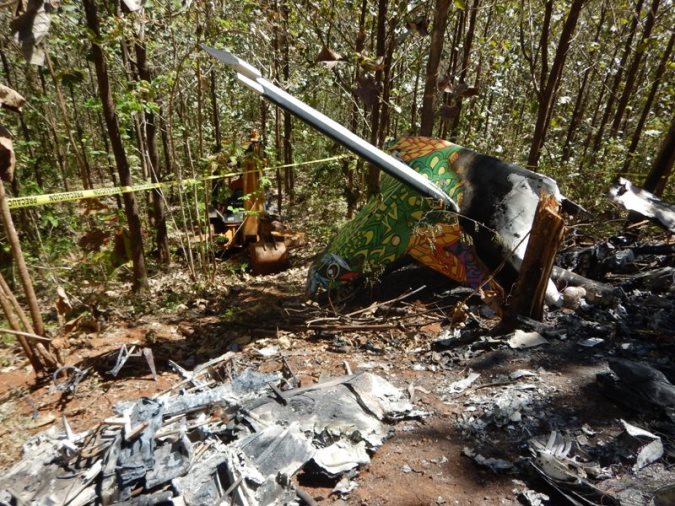
Investigators noted that the climb performance of the airplane is dependent on several factors, including the takeoff weight of the airplane and the flap setting used by the flight crew.
Based on studies, it was predicted that the maximum climb gradient was between 495 ft/sm and 583 ft/sm.
Investigators looked at the different takeoff scenarios the determine if the airplane had sufficient climb performance to clear the terrain surrounding the airport.
The first scenario showed the path taken by the first airplane. Calculations showed that the airplane would have had sufficient climb performance along this route.

The second scenario shows a straight out departure maintaining the runway heading. The graphic below shows that the aircraft would likely not have sufficient climb performance to clear the mountains.

The third and final scenario was a path that turned left after take off, following the valley floor. Once again, the airplane may not have had sufficient climb performance to clear the mountain.

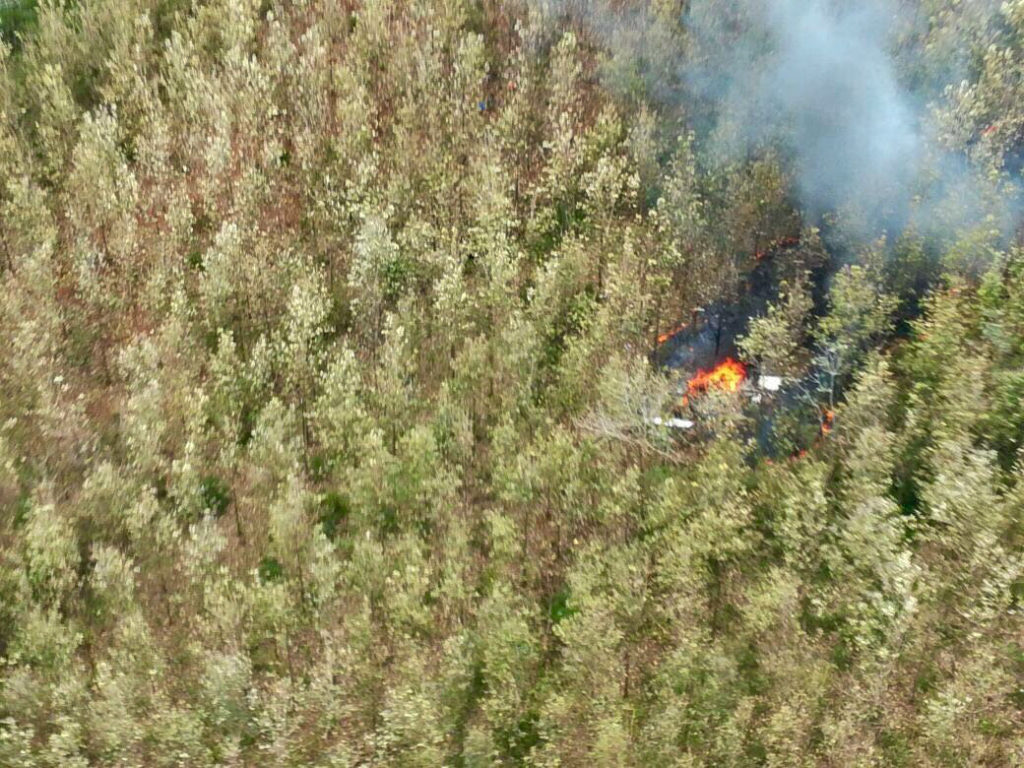
Aerial view of crash site 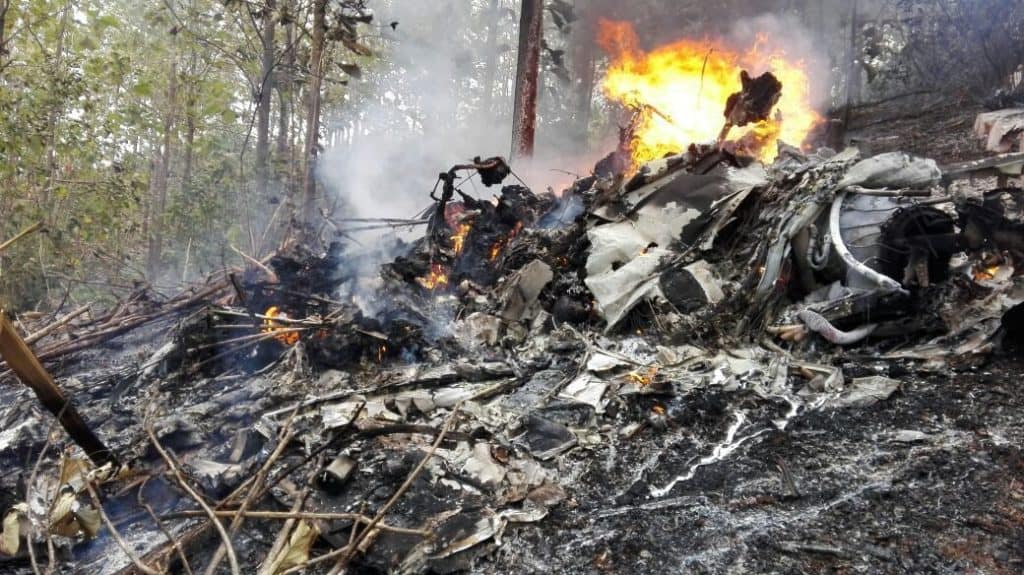
Crash scene as rescuers arrived 
Photo showing path of aircraft prior to crash in Costa Rica
Investigators listed the defining event in the crash to be an aerodynamic stall/spin.
This Factual Report consolidates relevant factual information and is released at the conclusion of the fact-gathering phase of the investigation. The final report provides the analysis, probable cause, and findings, and also contains the factual report. This report is typically available 6 to 8 weeks following the release of the factual report. IONTB will post an update when the final report is released by the NTSB.

